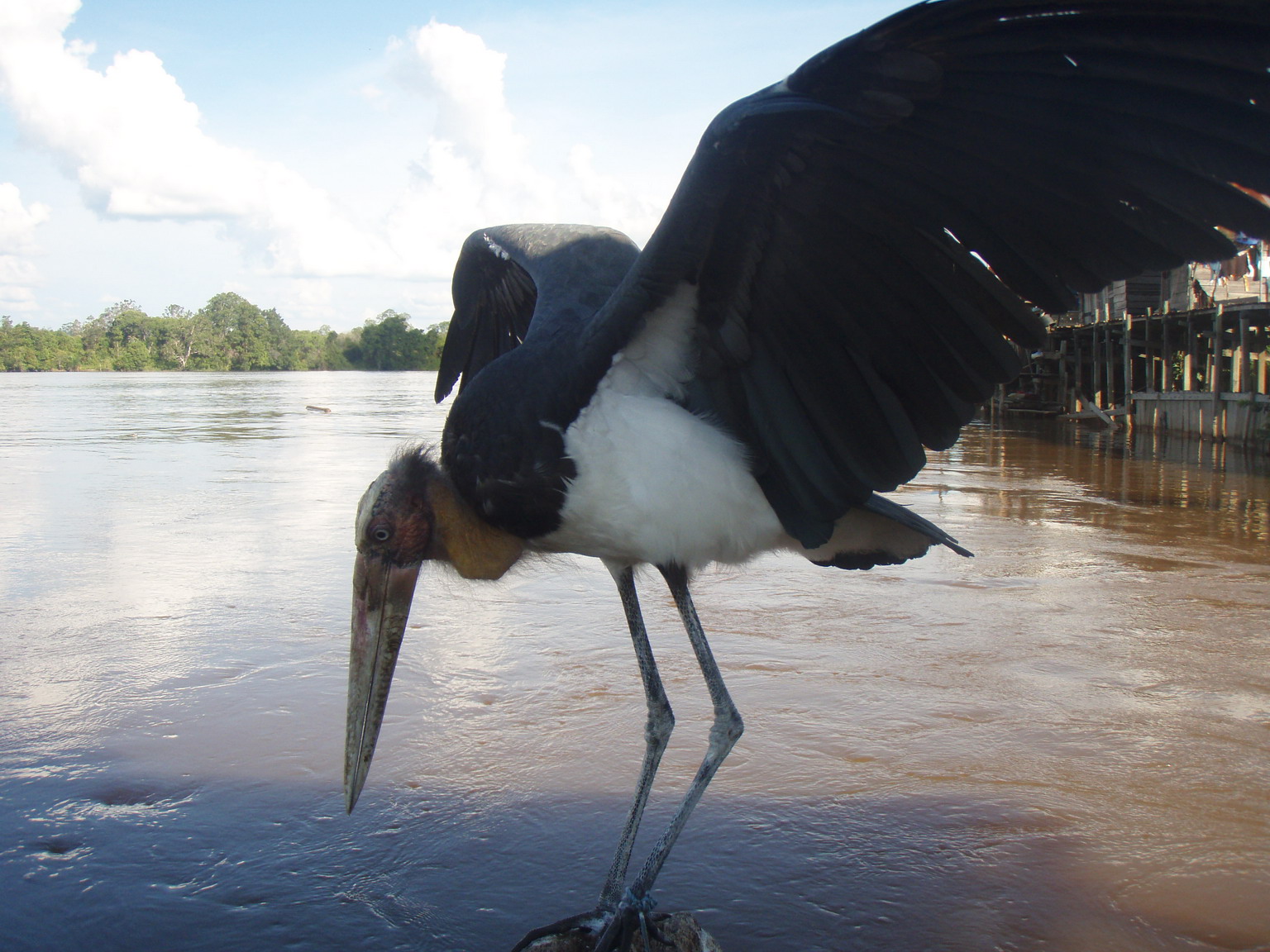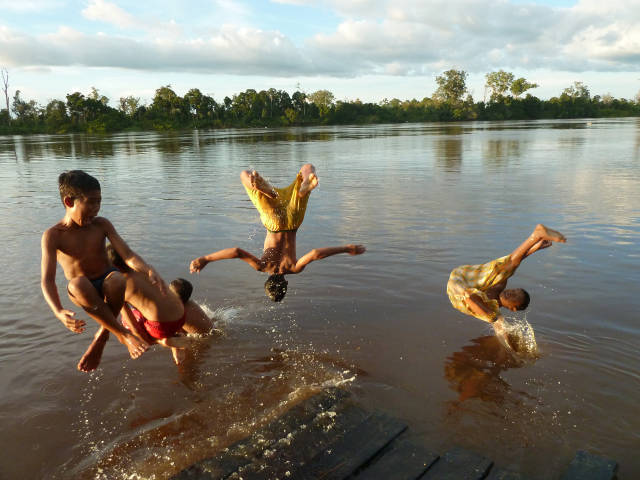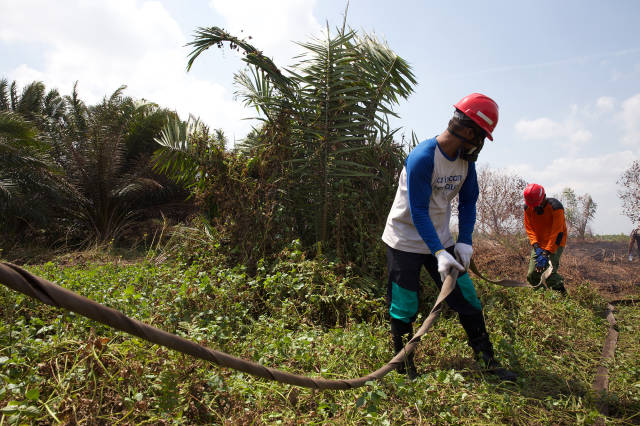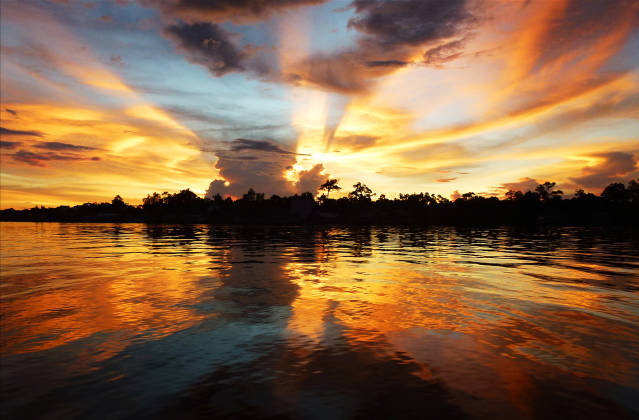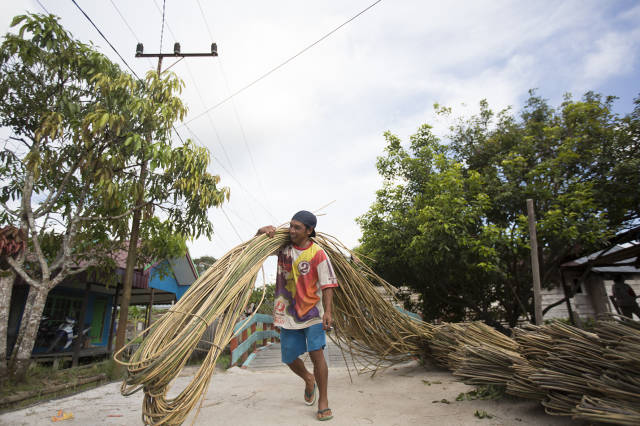Palm oil production, acacia conversion, illegal logging and hunting threaten the Indonesian Peatlands. This project area, formally known as Katingan Peatland Restoration, was at risk of acacia conversion to produce paper. This conversion would release carbon into the atmosphere through clear-cutting, draining, and burning of the peat. Today, Katingan serves as a viable alternative to land conversion: it protects and restores 157,000 hectares of the peat swamp ecosystem, one of the largest remaining intact peat swamp forests in Indonesia. It reduces 7.5 million tonnes of CO2e each year, for a total of 447 million tonnes over the 60-year project period.
Peat swamps play an important role as ecosystems: stabilizing water flow, preventing peat forest fires, enriching soil nutrients, protecting and housing a diverse set of species, including some endangered species, and providing clean water. Peat swamps are also carbon sinks, storing more than 90% of the system’s carbon in the deep peat soil. This ecosystem and project area are highly susceptible to fire, so fire prevention, awareness training, and seedling nursery development are the primary conservation and reforestation efforts.
In addition to the ecosystem and carbon benefits, Katingan is integrated into the 34 local villages and supports the traditional livelihoods of 400 residents through farming, fishing, and non-timber forest harvesting. Roughly 20-30% of operating costs support community development and 40-50% support direct project activities. The sale of carbon enables Katingan to support community-based businesses, provide microfinance loans to small businesses, fund public health clinics, and improve sanitation. The project strengthens the community’s abilities to make decisions and identify sustainable initiatives. So that it becomes even less reliant on external intervention and increased local management. Without the sale of carbon, this land would no longer exist.

